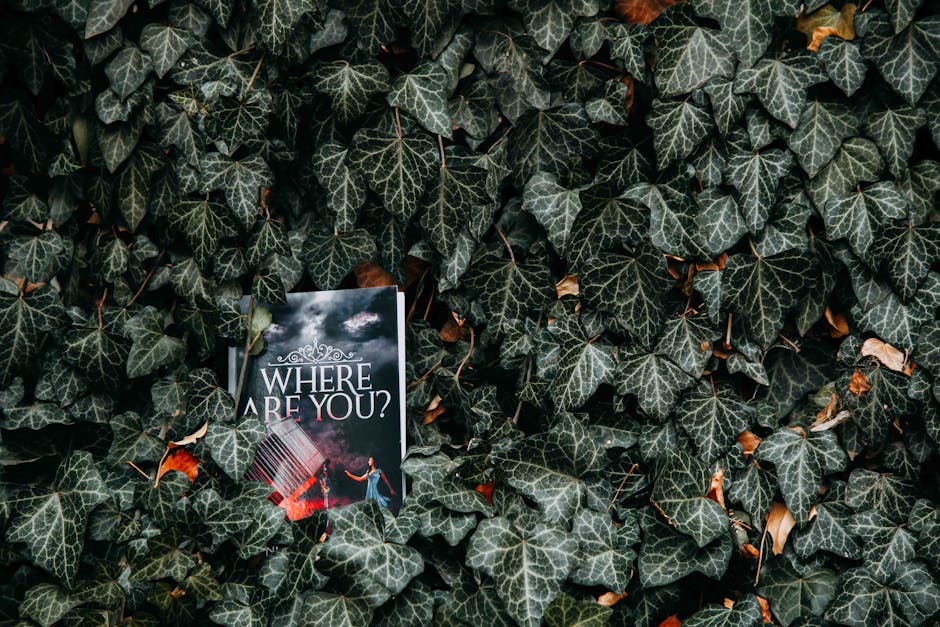A History of Chicago’s Famous Gangsters
Chicago, often dubbed the “Windy City,” is renowned for its rich history, breathtaking architecture, and vibrant cultural scene. However, beneath its glitzy exterior lies a darker past, woven with tales of infamous gangsters who once ruled the city’s streets. This blog post delves into the fascinating history of Chicago’s famous gangsters, exploring their rise to power, infamous deeds, and lasting impact on the city.
The Rise of Chicago’s Gangsters
The early 20th century was a period of rapid growth and transformation for Chicago. As the city expanded, so too did opportunities for organized crime. The advent of Prohibition in 1920, which banned the sale and distribution of alcohol, provided fertile ground for the rise of gangsters who capitalized on the illicit liquor trade.
Prohibition: The Catalyst for Crime
Prohibition was intended to curb alcohol consumption, but it inadvertently fueled the rise of organized crime. Gangsters quickly seized control of the illegal alcohol market, establishing extensive bootlegging operations. The lucrative nature of this trade attracted ruthless individuals eager to make fortunes, leading to violent turf wars and corruption across the city.
Notorious Chicago Gangsters
Several gangsters from this era became household names, their exploits capturing the public’s imagination and contributing to the city’s notorious reputation. Here are some of the most infamous figures in Chicago’s gangster history:
Al Capone: The Untouchable
Arguably the most famous gangster of all time, Al Capone became synonymous with the city of Chicago. Born in Brooklyn, New York, Capone moved to Chicago in the early 1920s and quickly rose through the ranks of organized crime. By the late 1920s, he was the kingpin of the Chicago Outfit, a criminal organization involved in smuggling, bootlegging, and other illegal activities.
Capone’s reign was characterized by brutal violence, most notably the St. Valentine’s Day Massacre in 1929, when seven members of a rival gang were gunned down. Despite his criminal activities, Capone was never convicted for murder. Instead, he was ultimately brought down by tax evasion charges in 1931, earning him an 11-year prison sentence.
Dean O’Banion: The Irish Mobster
Dean O’Banion was a prominent figure in the North Side Gang, a rival faction to Capone’s Chicago Outfit. Known for his sharp wit and ruthless tactics, O’Banion was a formidable opponent in the Prohibition-era gang wars. He was involved in various illegal activities, including bootlegging and gambling operations.
O’Banion’s rivalry with Capone and other gangsters ultimately led to his downfall. In 1924, he was assassinated in his flower shop, a hit orchestrated by the Chicago Outfit. His death marked a turning point in the gang wars, intensifying the conflict between rival factions.
The Impact of Gangster Culture on Chicago
The legacy of Chicago’s gangsters extends beyond their criminal exploits. Their influence can still be seen in various aspects of the city’s culture, architecture, and even its crime-fighting strategies.
Architecture and Speakeasies
During Prohibition, speakeasies—a term for illicit bars—proliferated throughout Chicago. Many of these establishments were hidden within ordinary buildings, accessible only through secret entrances. This era of hidden nightlife has left a lasting mark on the city’s architectural landscape, with some former speakeasies still operating as bars and restaurants today.
Law Enforcement and Organized Crime
The battle against organized crime in Chicago led to significant advancements in law enforcement techniques. The formation of special task forces, such as the “Untouchables” led by Eliot Ness, showcased innovative methods to combat crime and corruption. These efforts not only helped dismantle criminal organizations but also set precedents for modern policing strategies.
Modern-Day Reflections
While the notorious gangsters of the past have long since passed, their impact on Chicago continues to be felt. Understanding this history provides insight into the city’s resilience and how it has evolved over the decades.
Tourism and Historical Interest
Today, Chicago embraces its colorful past, with gangster history tours and museums offering a glimpse into the city’s criminal underworld. These attractions draw visitors from around the world, eager to learn about the infamous figures who once roamed the streets and the events that shaped modern-day Chicago.
Lessons in Crime Prevention
The rise and fall of Chicago’s gangsters serve as cautionary tales about the dangers of organized crime. By examining the factors that contributed to their dominance, policymakers and law enforcement agencies can develop strategies to prevent similar scenarios from occurring in the future.
Conclusion
Chicago’s history is inextricably linked with the tales of its infamous gangsters, whose exploits left an indelible mark on the city. From the bootlegging empires of Al Capone to the violent turf wars of rival gangs, these stories continue to captivate the public’s imagination. While the era of Chicago’s gangsters may have ended, their legacy lives on, offering valuable lessons and a fascinating glimpse into the city’s storied past.
As you explore Chicago’s vibrant streets today, take a moment to reflect on its complex history—a history shaped not only by innovation and culture but also by the notorious figures who once called it home.


